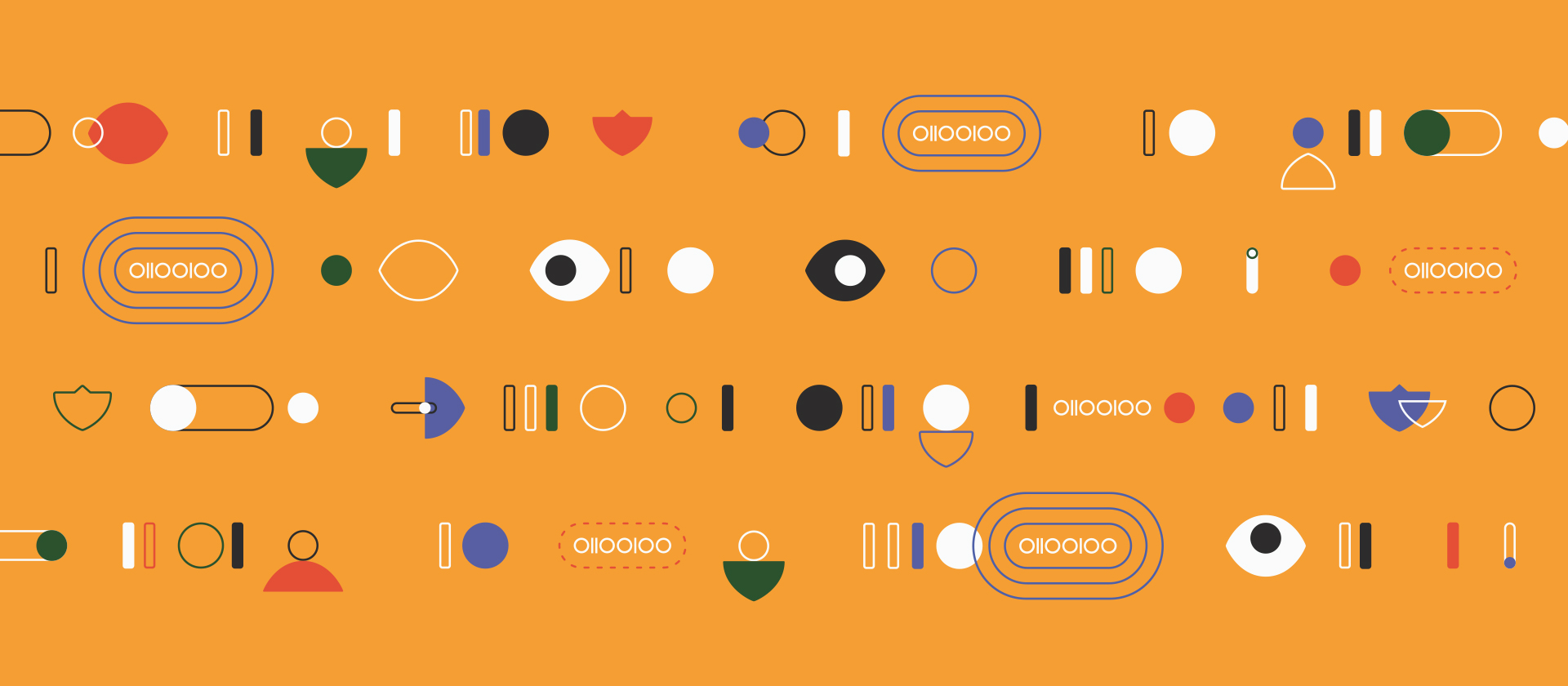
Protecting privacy in 2030
Liberties, inequalities, privacies
At the invitation of the National Commission for Freedoms and Information (CNIL, the French data protection authority), and alongside our partners Daniel Kaplan (Université de la Pluralité) and the Chronos Group, this study outlined a series of possible futures for privacy by the year 2030.
The main objective of this exploration into the future was to propose new narratives and imaginaries that allow us to question our relationship with privacy and the protection of personal data in a near future where digital technology becomes increasingly ‘ordinary’ and ‘ubiquitous’. The Design Fiction approach was chosen to provide a reflective lens on the CNIL’s regulatory practices.
Throughout the process, we sought to highlight the frictions that could be triggered by the use of technologies across different social groups and moments of digital life, as well as the risks these could pose to individual and collective freedoms.
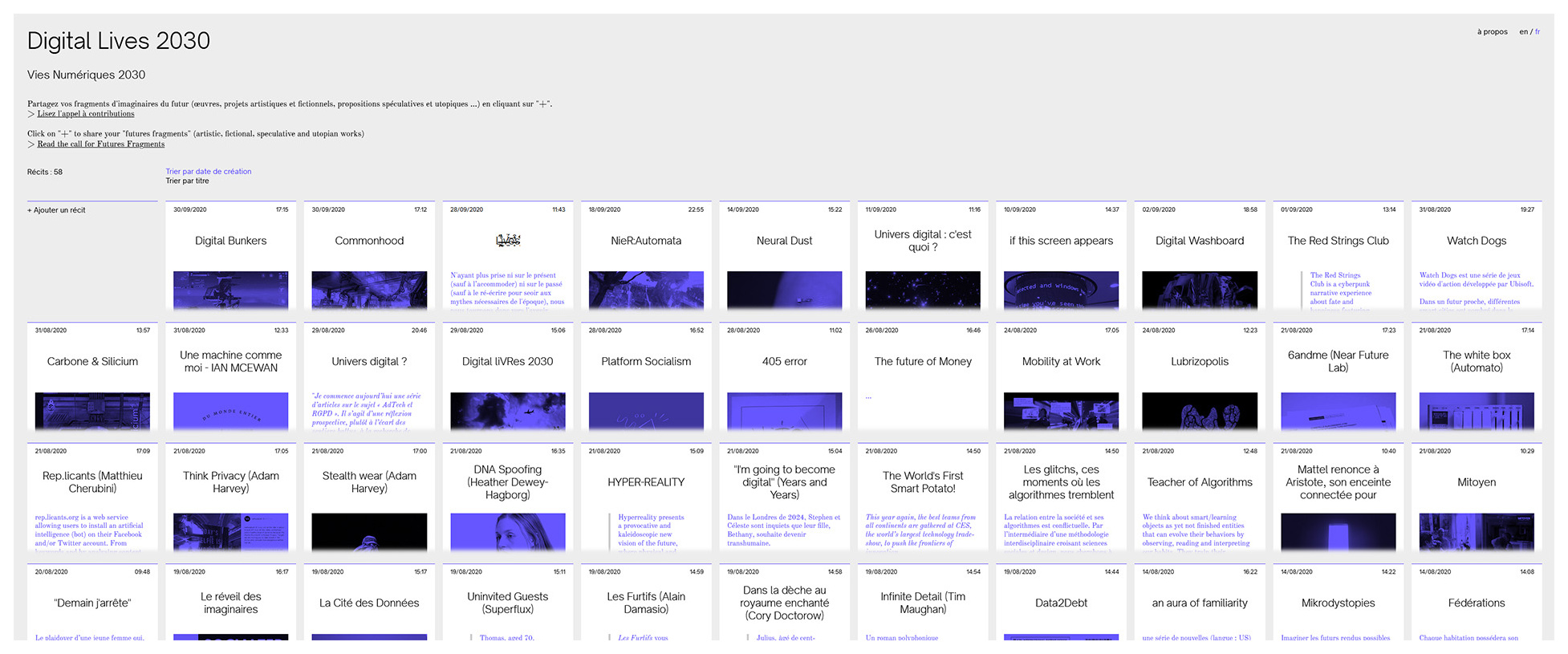
↑ An overview of the collaborative platform for collecting ‘futures imaginaries fragments’ from cultural and artistic works about ‘Digital lives 2030’, powered by the Plurality University.
Four interconnected starting points formed the basis of the exploration: the evolution of ‘everyday life’, ordinary digital practices, social inequalities and differentiation, and the public’s relationship to the concept of ‘privacy’.
Throughout the project, these themes structured our foresight documentation, participatory collection of ‘futures imaginaries fragments’, and the development of speculative scenarios, culminating in their realisation as design fiction.
Three provocative and possible futures emerged from this prospective and speculative material:
- Reputed or Rejected, envisioning a future where multiple reputation-scoring systems shape the daily life.
- Benevolent Intrusion, where the French State imposes digital interference in the name of the public interest.
- Home Sour Home, where the household’s walls have absorbed data.
These fictional universes – along with their emblematic objects – were designed to project the CNIL into ambiguous worlds and unexpected contexts where the authority might evolve in the future. The scenarios came to life and gained depth through a workshop involving experts on digital practices and social inequality issues.
These reflections, born from debate and enriched by fresh speculative visions, contributed to the Innovation & Prospective booklet, ‘Scenes of the Digital Life’, from the CNIL’s Digital Innovation Lab, aiming to inspire the regulator’s future actions.

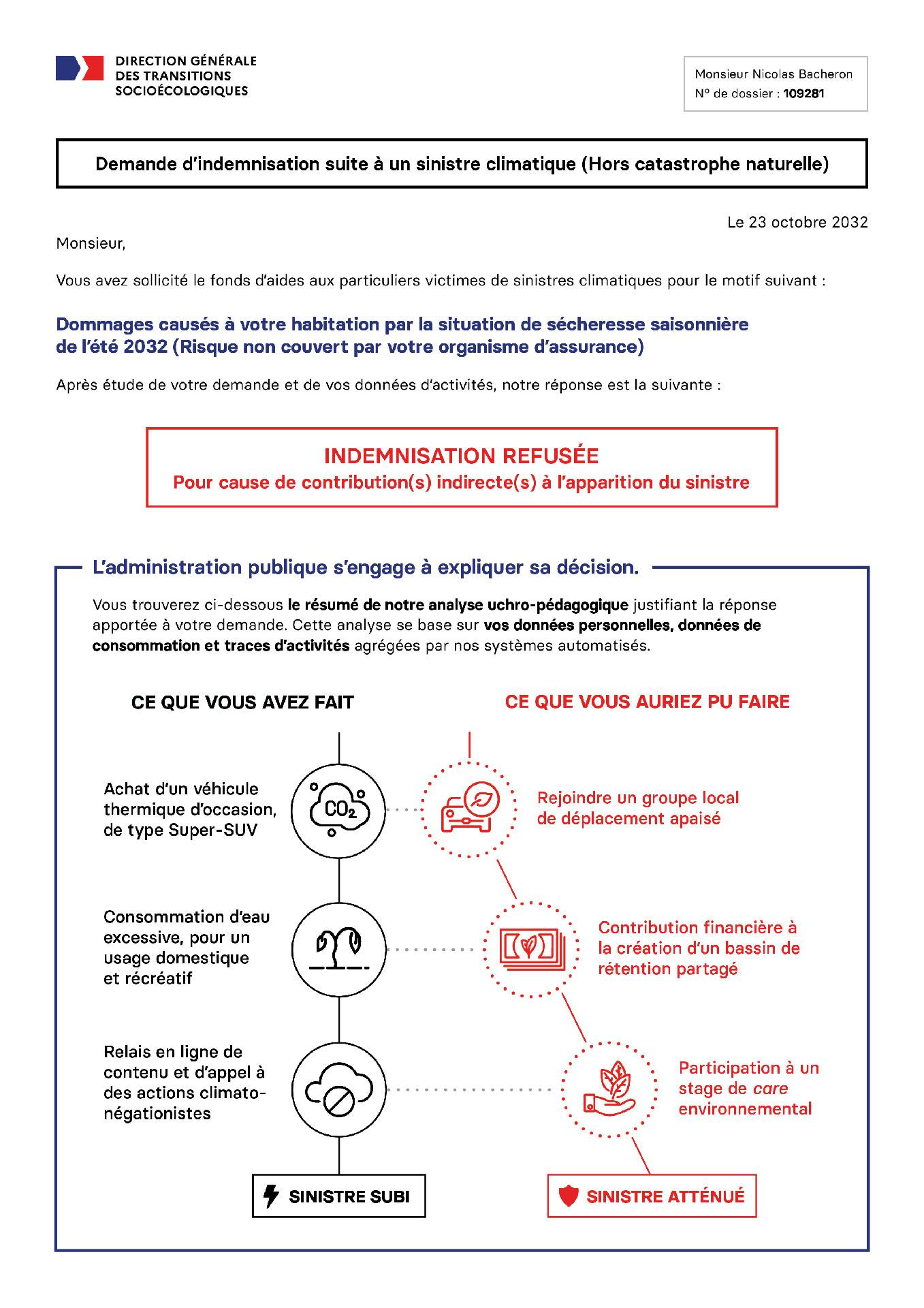
↑ Left: A (fictional) advertisement from the insurance company Bonaloi riding the wave of the cosplayification phenomenon. Their latest offer, in partnership with a K-Pop idol, proposes indexing your behaviours to this personality in order to benefit from discounted rates.
Right: A (fictional) rejection letter from the National Department for Socio-ecological Transitions in response to a compensation claim. The farmer is presented with and opposed by the actions which, according to the administration, indirectly contributed to the damage.
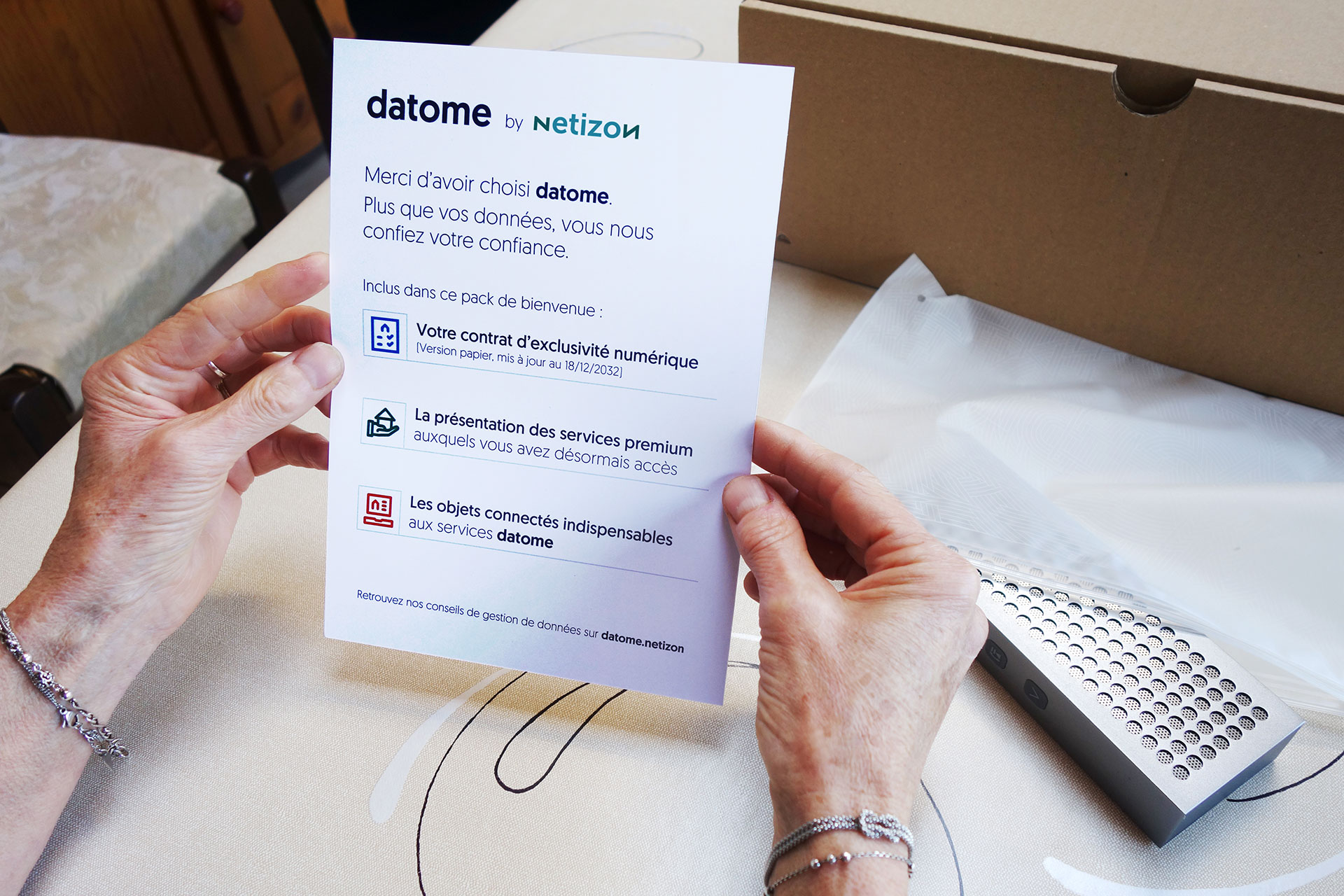
↑ An excerpt from a (fictional) photo report from 2032 on ‘Today’s Households’ where the family discovers the datome pack after signing a digital exclusivity contract with Netizon.
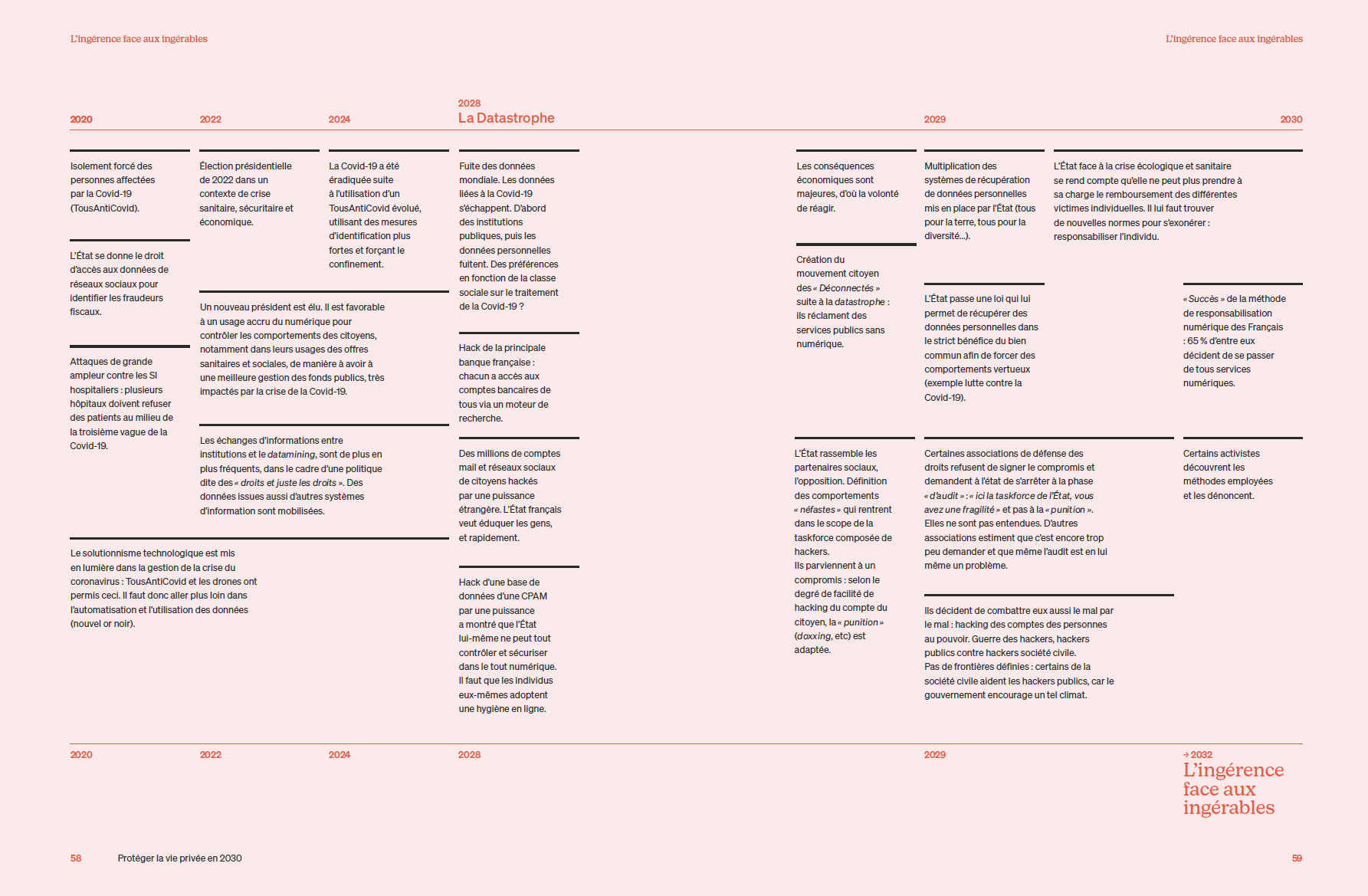
↑ An overview of the retrospeculation timeline collectively imagined during a workshop, tracing the steps that led to the emergence of the future outlined in the scenario Benevolent Intrusion.
